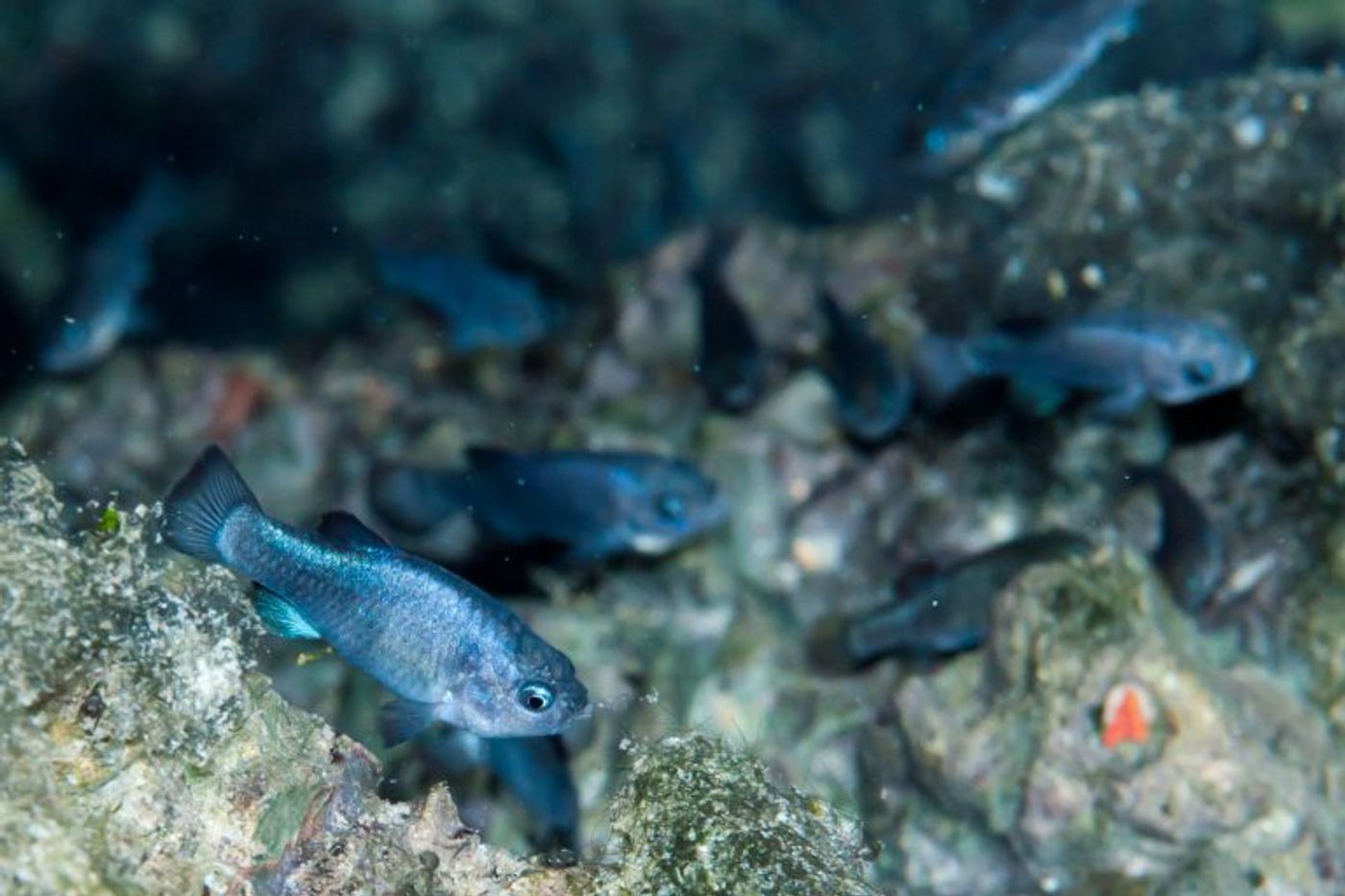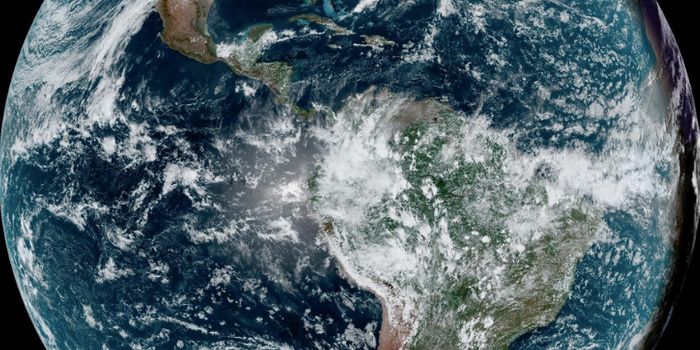This is how an earthquake results in rare baby fish
An earthquake is usually associated with destruction and devastation, not new life. But last month’s quake that struck Alaska resulted in an unusual consequence 2,300 miles away: the spawning of the world’s rarest fish.
The 1-inch fish, call the Devils Hole pupfish, is listed as Critically Endangered on the IUCN Red List and can only be found in the 18-foot limestone cave whose waters average a temperature of 93 degrees Fahrenheit. Called Devils Hole, the cave is located in the Death Valley National Park in Nevada. Post-quake, Devils Hole experienced a mini-tsunami, with 1-foot high waves disrupting the normally tucked-away landmark.
“It’s crazy that distant earthquakes affect Devils Hole,” Kevin Wilson, aquatic ecologist for Death Valley National Park, said in a statement. “We’ve seen this a few times before, but it still amazes me.”
This disturbance apparently sent the pupfish into a spawning frenzy, which was made clear by the females’ change to an unassuming brown color and the males’ bright blue. Though the pupfish usually spawn in the fall and springtime, they have been known in the past to spawn after such disturbances.
“Spawning behavior increases after disturbance events such as earthquakes and floods. This is inherent in the pupfish,” Wilson said. “The increase in spawning activity occurs within several hours and can continue for several days. Several males will ‘chase’ a female for a certain amount of time and distance. Once the female is receptive, a single male will swim next to the female, they form an ‘s’ shape, and then the female lays an egg with the male fertilizing it immediately.”
Pupfish are extremely adapted to their unique habitat, a characteristic that amazes scientists but also causes reason for concern for their population numbers. Though the cave reaches a depth of 400 feet, the fish only occupy the top 80 feet of the water column. They are accustomed to the high temperatures of the water and depend on the stable oxygen concentrations of their tiny range to survive – but this makes them vulnerable to changes. In 2006 their numbers sank to an all-time low of 38 individuals. The most recent survey showed a boost in population, with 115 fish.
“We are cautiously optimistic that the population will slowly increase over time,” Wilson commented. “We continue to monitor abiotic and biotic parameters that will hopefully provide us information on ecosystem processes and population dynamics of Devils Hole and the Devils Hole pupfish.”
There was originally some concern that the disturbance from the earthquake had washed away some of the pupfish’s food source (mostly algae and other invertebrates). “Recolonization of food materials depends on the time of year,” Wilson said. “Algae growth is greatest in late spring through early autumn when sunlight actually hits the water surface over the shallow shelf.” Nevertheless, biologists seem hopeful that the food sources will recover in time to feed hungry new baby fish once they hatch.
Sources: Mongabay News, EarthTouch News Network, Smithsonian










